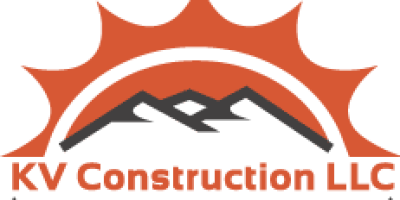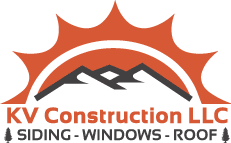As siding contractors in Seattle, we are here, at KV construction can help you consider all aspects when seeking the most energy-efficient siding for homes. Read this guide to guarantee that you choose the perfect siding for your needs.
Energy Efficient Siding for Homes
Decreasing your carbon track and choosing energy-efficient siding can help you achieve overall energy costs better by reducing your energy bill and lessening the pressure and wear on your HVAC system.
Energy-efficient siding for houses should also increase the house value, enhance comfort, and reduce the maintenance needed to keep your siding functioning as it should.
There are many distinct kinds of siding possible. To simplify your research, here are the common energy-efficient siding materials and their cons and pros.
There are many distinct kinds of siding possible. To simplify your research, here are the common energy-efficient siding materials and their cons and pros.
Wood
Cons:
- Although durable, wood needs regular repairs, including staining and painting, to avoid or fix warping, rotting, and holes. Improper maintenance can produce extra broad issues, demanding immense and more pricey repairs.
- Wood is unprotected to fire damage and may not be well adapted to hotter areas with heightened fire risk.
- Wood is an expensive siding choice.
Pros:
- Wood is a naturally shielding material, so it stands well for energy-efficiency.
- Wood siding gives a classic and pleasing presentation on the house, increasing its overall aesthetic.
- Obtainable in a large assortment of paints and stains.
- It’s an eco-friendly choice as it is biodegradable and recyclable.
- Long-lasting and durable if accurately maintained.
Fiber Cement and Composite Siding
Pros:
- Composed of either wood fibers or cement materials, fiber cement like James Hardie, and composite siding is the more affordable option to real stone or wood siding.
- Wood materials preserve original insulation.
- Pest and fire resistance.
- Lesser maintenance than wood siding and may last up to 50 years.
Cons:
- Although long-lasting, cement products are non-recyclable.
- Though less expensive, fiber cement isn’t as energy-efficient as stone.
Vinyl
Pros:
- Vinyl siding is thermally tight, presenting it as very energy-efficient, notably when paired with foamed siding.
- It’s cost-effective, as the material is less costly and can be easily retrofitted.
- Vinyl is obtainable in many colors and styles.
- It’s highly tight to harsh weather and covers minor damage, so it needs less maintenance.
- Also, the material is recyclable.
Cons:
- Repainting vinyl can be tricky and seldom voids its warranty.
- A damaged panel typically needs a total replacement.
- Vinyl may require to be replaced after only 10 to 20 years.
Steel Siding
Pros:
- Steel siding holds homes cooler.
- Aluminum and steel are recyclable materials.
- Available in an assortment of styles to present a beautiful modern appearance.
- Long-lasting material indicates resistance and low maintenance to fire, pests, and weather, lasting up to 50 years.
Cons:
- While more affordable than wood, aluminum and steel siding is still costly.
- A poor option for homes in colder areas as it does not hold heat well.
- May fade or rust over time.
Siding Contractor Seattle KV construction Conclusion
Assume you’re thinking of increasing the energy efficiency of your house. In that case, it’s essential to acknowledge these different siding choices with your home’s necessities in mind. The perfect siding can guarantee that you lessen your energy expenses and carbon footprint and enhance other features of your home, such as appearance, comfort, and value.
The siding that you choose for your house is essential. For a professional and qualified evaluation by licensed, bonded, insured, Washington state registered, James Hardie Preferred Remodeler, and BBB Accredited contact KV construction LLC.


